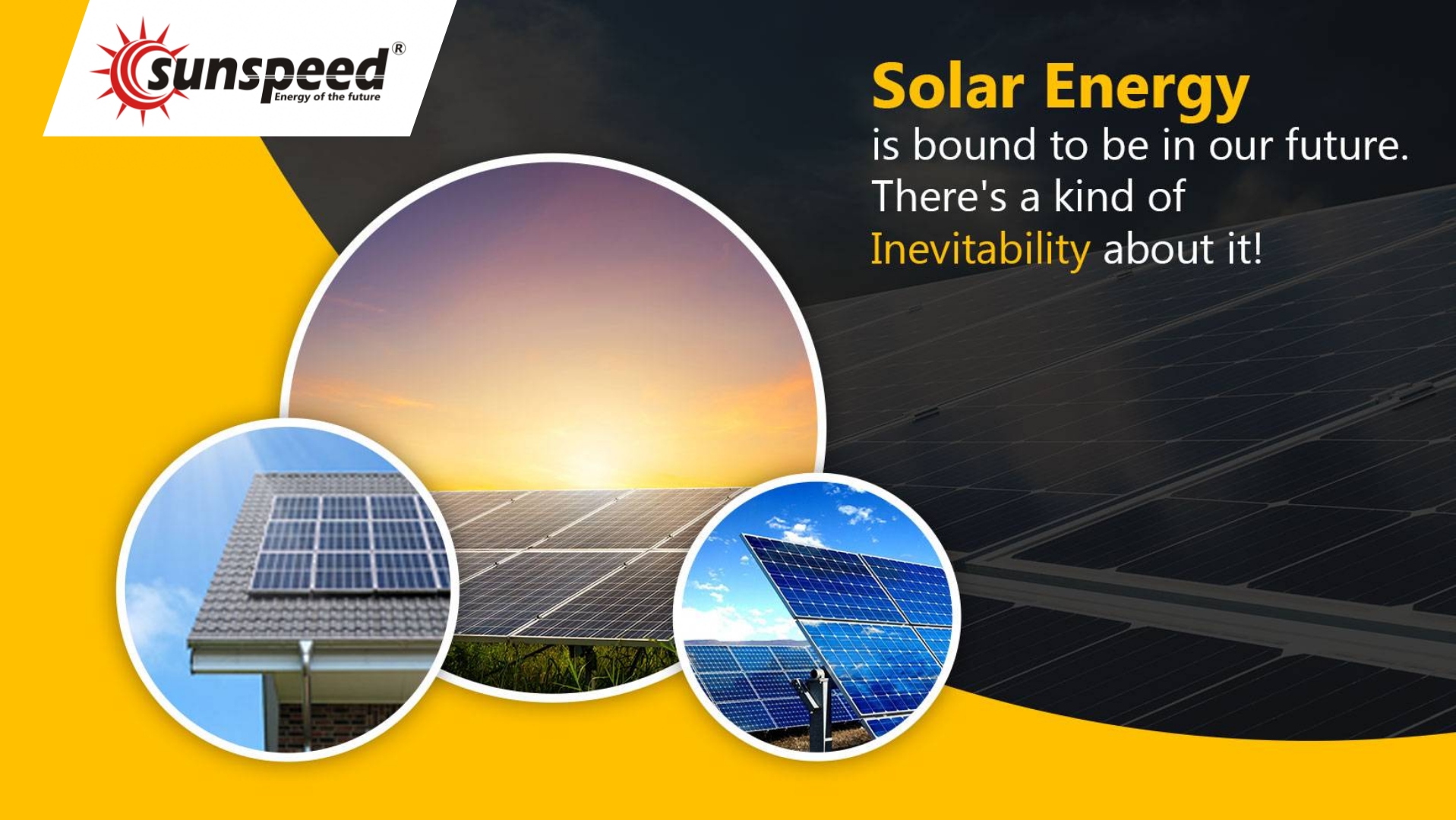Navigating High-Interest Rates/span>
Price, Types, Technology, Brands & A Complete Guide
Despite high-interest rates, the future of solar power in the U.S. remains bright. Innovations in technology and decreasing costs are driving growth, making solar an increasingly viable energy solution for homeowners and businesses.
Solar Power’s Brilliant Future: Navigating High-Interest Rates
Solar power is experiencing rapid growth, with the global installation of new solar capacity reaching 239 GW in 2022, surpassing the Terawatt (TW) scale. This marks a 45% increase in solar power capacity compared to the previous year. The favorable market trends observed in the early months of 2023 indicate the potential for another robust year of solar energy. It is expected that by the end of 2023, an additional 341 GW of solar capacity will be added to the grid, representing a remarkable 43% growth rate.
The reason behind this remarkable achievement is clear. It can be attributed to the unparalleled versatility and solar power advantages, which can facilitate individual energy self-sufficiency while also allowing for the rapid deployment of large-scale projects at competitive costs. Despite a slight increase in the levelized cost of electricity (LCOE) for solar, primarily due to supply chain challenges and inflation, solar power generation still stands as a significantly more cost-effective option compared to new fossil fuel and nuclear power sources.

